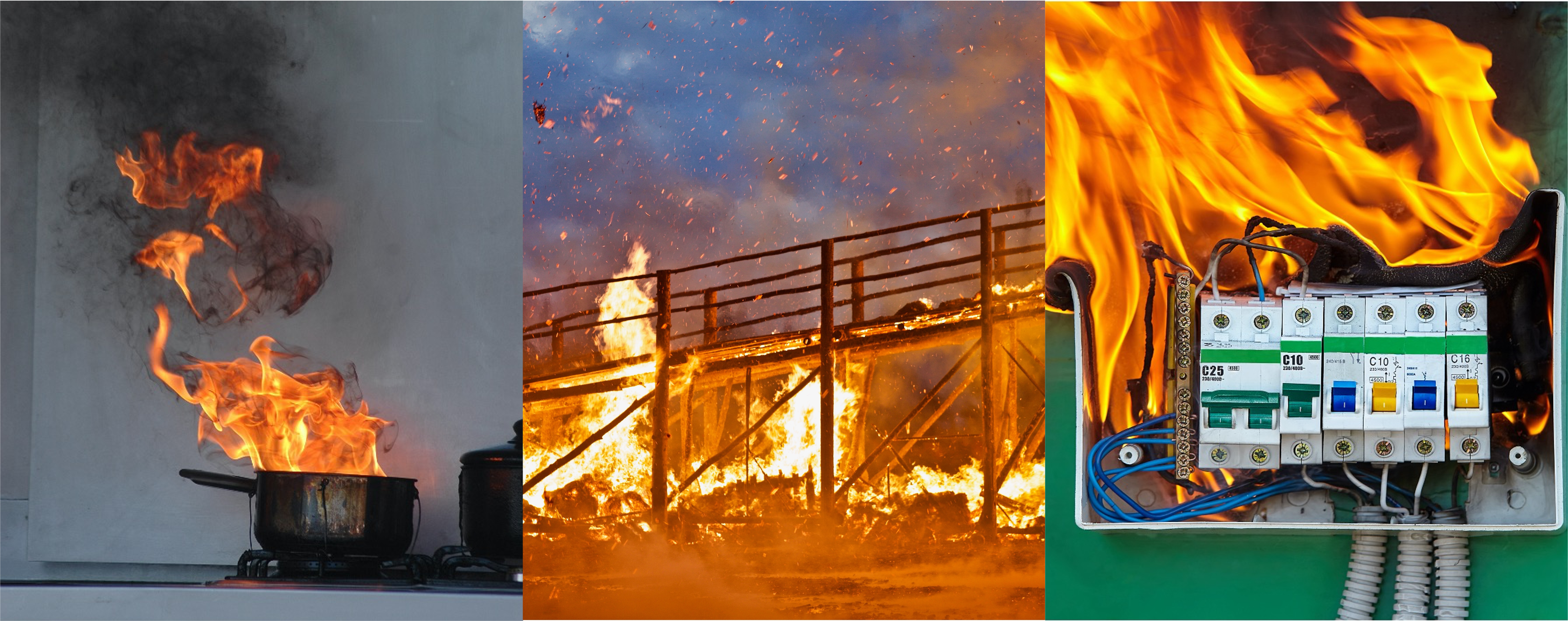
Shoplifting remains an extremely common crime in the UK. This is in part due to the fact that it can be surprisingly difficult to stop. Retailers have trouble spotting shoplifters while the crime is happening, and when they do catch them, a successful prosecution can be equally difficult.
To combat this problem, organisations are turning to specialised theft detection models – systems that guide security staff on how to minimise potential theft. One example of an effective model is ASCONE.
ASCONE works by giving loss prevention staff a step-by-step guide to follow when someone may be about to shoplift. When used correctly, the model identifies shoplifters, helps secure convictions, and ensures things are done legally. In addition, it also helps the companies wrongful arrest and the damage that it can cause.
Models like ASCONE form an integral part of risk management in retail business for shop owners. In this article we will go into detail about the purpose, need, process, and merits of ASCONE in retail security.
Why We Need ASCONE
The High Cost of Shoplifting
In today’s retail industry, ASCONE has become a necessary part of businesses. The UK experiences an alarmingly high rate of retail theft, costing retailers millions of pounds every year. According to a 2019 report, shoplifting alone accounted for £770 million out of a total £1 billion in losses to crime.
The burden of these costs is not carried by the retailers alone, but also consumers. As retailers have no choice but to write this off as an added business expense, and pass along the bill to honest shoppers by increasing product prices.
What is Shoplifting?
Shoplifting is theft. It occurs when a person acting as a regular customer takes an item for sale and attempts to leave a retailer without paying.
Stopping the crime is hard
Shoplifting can be a complicated crime to stop. Consider that shoplifters commit their crime in public, while pretending to be honest customers. To protect your business, you must be able to separate one from the other. But this is much easier said than done.
Shoplifters are clever. They can be experts at blending in and concealing products they want to steal in plain sight. And as soon as they realise you are on to them, they simply need to put the product back on the shelf and walk out of the shop.
Mistakes are Costly
Moreover, you do not want to be known as the shopkeeper that falsely accuses innocent shoppers. An incident that took place in Holyhead is a thorough reminder of what can go wrong when you do.
In 2017, security staff at a Morrisons Supermarket approached a female shopper, shopping with her mother, and accused her of stealing. After a long argument over the matter, they discovered that they were in the wrong. They had mis-identified the unfortunate women.
The result was a massive uproar on social media and in the news, with some going so far as to call for a boycott of Morrisons. The incident not only caused a significant decline in the company’s sales, but also damage the company’s brand.
What Does Shoplifting Mean – Understanding the Crime
Shoplifters steal in a number of ways. They hide items in pockets, underclothes, bags, and even in prams.
Some shoplifters walk out of stores with the products in plain sight. For instance, shoplifters have been known to fill an entire trolley with product and push it out of the store in full view of loss prevention staff.
Other examples of shoplifting include entering a store and changing a price tags of sale items, so they are charged less or remove or tempering security tags or theft-prevention devices and wearing items, such as clothes, while they exit the store.
How common is shoplifting?
Research published by the British Retail Consortium revealed that shoplifting accounted for 71% (£500 million) of the £700 million in damages incurred from retail crime between April 2016 to March 2017. This is due to the more than 1,000 incidents of shoplifting that the UK sees each day – the most of any country in Europe.
What happens if you get caught shoplifting in UK?
According to criminal law, the official charge for shoplifting is “dishonestly appropriating property without the consent of its owner with the intention of depriving the owner of it”.
The punishment for the crime depends on what the person is trying to steal and how much it is worth. Shoplifting under £200 in UK is a crime that can have you charged for up to six months, if convicted in court.
However, the sentence can extend up to seven years if the stolen items have a value of more than £200.
An Effective Loss Prevention Model
ASCONE is a six-step process made for the role of security operatives and loss prevention staff in the retail sector.
The acronym that stands for:
- Approach
- Selection
- Conceal or Carry
- Unbroken Observation
- Non-payment
- Exit
How ASCONE Works?
ASCONE provides a guideline for loss prevention officers that ensures they do not act unless they are 100% correct in their actions.
Before a suspected shoplifter is approached, officers must work through each step of the ASCONE process in their minds to ensure all of the requirements to identify shoplifting are met. This ensures that the person they are approaching is indeed a shoplifter and that, once in court, a conviction is more likely.
The steps of ASCONE are:
1. Approach
The process starts when the security observes a person suspiciously approach a shelf in your store. If we don’t see the person approach a product, it can lead to wrongful apprehension.
2. Select
This step is very similar to Approach. A person looks at items and actually selects one. Security officers won’t have much trouble spotting people approaching and selecting products but imagine a scenario where something falls from the shelf into a trolley by itself accidentally.
This might sound improbable, but the point being in this case there is no select, so even if person walked out of the shop pushing the trolley with the item in it, you would (under the guidelines of ASCONE) not stop them for theft.
3. Conceal or Carry
An attempt to conceal an item is important for proving that a suspect was indeed trying to commit a crime. But, as mentioned, concealment can take many forms, and it can also be performed in plain sight; for instance, by pretending to have paid for the item and leaving with it. So, this means, they may also simply be carrying the item with them.
4. Unbroken Observation
In the “strictest” meaning of ASCONE this means that you as an officer must have had the suspect under observation from the moment the offence started in the Approach step to when you move towards them to act on the theft. It is crucial to keep the suspect under constant observation as they may have ditched the item somewhere in the store, which is not a crime.
5. Non-Payment
Non-payment means that the suspected shoplifter must have clearly not paid for an item, or made any attempt to pay.
6. Exit
When the suspect finally leaves the establishment with item under their possession, a shoplifting offence is committed, and your security officer may apprehend the person. To keep things water-tight, only attempt to apprehend when the suspect has exited the store.
How to Get ASCONE Training for Your Security Staff
The crime of shoplifting is all too common. And the negative impacts of this crime are felt not just by the retailers that are stolen from, but also larger society as a whole. It can result in increased prices for products, as well as false accusations and a feeling of distrust between retail staff and regular clientele.
In order to minimise the risk of shoplifting, retail security officers must be trained in loss prevention models, such as ASCONE. Along with our library of online health and safety training, we at Human Focus, are now offering online ASCONE training. It works through each of the steps of the model to give security officers and yourself confidence that you are handling this threat in the best way possible.


















































































































































































































































































































































































































































































